Resilient Energy Systems
Transforming New York’s Energy Grid for a Safer, Clean Energy Future
We’re building an energy system that can anticipate, absorb, adapt to, and recover quickly from a range of shocks and stresses.
New York is shifting toward an increasingly distributed energy system, powered by a diverse mix of small- and large-scale renewable resources connected to the grid.
Deploying renewable energy technologies, including solar arrays and offshore wind turbines, requires extensive transmission and distribution infrastructure, as well as energy storage, to deliver clean energy from where it is generated to where it is needed.
Moving away from more centralized power generation towards an increasingly diversified and flexible energy system helps bring resources closer to customers, improving grid resiliency and air quality across the State. Yet, the effects of climate change, such as extreme heat and severe weather events, as well as cyber threats and aging infrastructure, present risks and disruptions to our clean energy system.
As New York State strives to meet its climate targets, building a distributed energy system that advances resilience and equity is essential.
How We’re Modernizing and Decarbonizing New York’s Electric Grid
Transforming New York’s electricity system for a zero-emission future will require upgrading our transmission lines and distribution systems as we integrate more renewable generation and energy storage in the grid. It’s also essential that we upgrade and design our energy infrastructure to withstand and adapt to climate risks and threats, with particular focus on addressing disproportionate impacts to Disadvantaged Communities.
NYSERDA is working with utilities, innovators, communities, and other State agencies to advance solutions and investment to achieve a resilient clean energy system in New York.
Here’s how:
- Leading by example by factoring resilience and clean energy goals in State government operations.
- Identifying and implementing best practices around climate resilience in partnership with other State agencies through the Extreme Heat Action Plan (EHAP). The EHAP will include the development and implementation of an extreme heat adaptation plan and a comprehensive State extreme heat emergency response as part of the State Comprehensive Emergency Management Plan. This complements the energy assurance planning and coordination by NYSERDA and other State agencies to bolster the resilience of the energy supply chain serving our State.
- Spearheading next generation of climate adaptation research to provide insights for infrastructure, investment, and energy system planning decisions based on new/updated climate projection data.
- Spurring development and integration of a wide array of smart grid technologies that support a distributed energy system and advance resilience including energy storage, smart demand response, and vehicle to home/grid flexible charging.
- Continuing to administer and refine flagship distributed energy resources (DER) programs like NY-Sun, and energy storage incentive programs that boost resilience, provide grid value, and reduce costs.
Achieving a Climate-Resilient Electric Grid
By 2030, 3,000 MW of energy storage and 10,000 MW of distributed solar energy will be installed across New York State.
Our energy resilience and adaptation efforts will ensure New Yorkers have reliable power as we increasingly electrify building heating and cooling, transportation, and industrial processes like manufacturing.
Integrating long-duration energy storage technologies, especially where energy demand is highest, will enhance the flexibility of an electric grid that will be completely powered by renewable resources by 2040.
Smart grid technologies will support two-way communication between customers and utility providers to improve grid efficiency, reduce peak demand, and support quicker service restoration from outages.
Building a distributed clean energy system and modern grid will foster job growth and energy security to keep New Yorkers safe during hotter summers and winter cold spells. It is also a fundamental step to help New York meet its greenhouse gas emission reduction goals, improving public health and mitigating the future impacts of climate change.
Our Progress
We’re transforming our energy system to prepare for climate risks and deliver reliable and affordable clean energy to New Yorkers. Integrating resilience in how we design our smart grid technologies and where we site our renewable energy projects is essential to building a secure energy system that advances our climate goals.
Our progress will be measured by the total energy storage and distributed solar deployed across New York. Increasing adoption of these clean energy technologies at homes and buildings is paramount to improving resilience at the household and neighborhood level.
The percentage of solicitations and programs funded by NYSERDA that incorporate resilience provisions is another key indicator of our progress towards a secure, clean energy future. Other indicators of our progress can be found on New York’s Clean Energy Dashboard.
Energy Resilience Programs and Initiatives
-
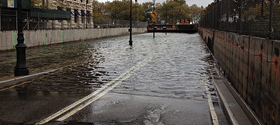
New York State Climate Impacts Assessment
Read More New York State Climate Impacts Assessment (opens in new window)This comprehensive assessment of observed and projected climate impacts evaluates how climate change will affect New York’s communities, ecosystems, and economy to inform State decision-making.
-
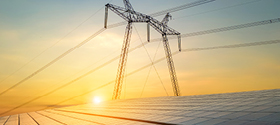
Grid Modernization
Read More Grid ModernizationNYSERDA has provided funding for research and development of grid modernization opportunities to achieve a more resilient and reliable energy system in New York.
-

Real Time Energy Management (RTEM)
Read More Real Time Energy Management (RTEM)RTEM technology enables data collection and optimized building performance while shifting energy loads in response to grid needs.
-
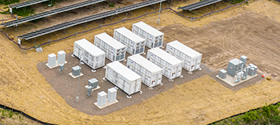
Energy Storage
Read More Energy StorageIntegrating energy storage into the grid at scale will allow clean energy to be available when and where it is most needed.
-
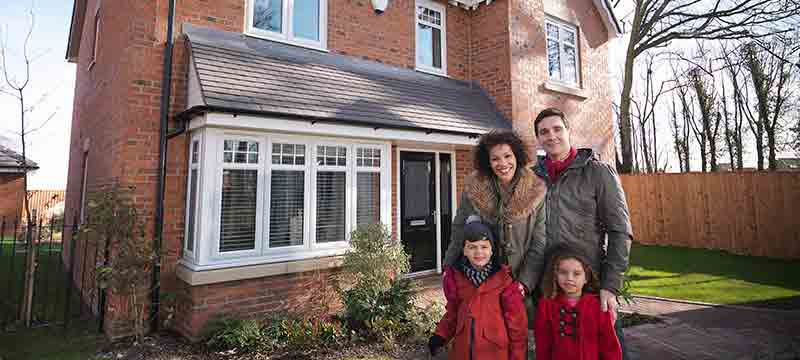
NY-Sun
Read More NY-SunDeploying distributed solar energy at homes, businesses, and communities across the State boosts grid resilience and reduces energy costs.
-
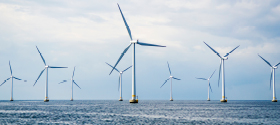
Offshore Wind
Read More Offshore WindOffshore wind energy is poised to become a major source of affordable, reliable clean energy for New York.
Sign Up For News
Stay up-to-date on energy saving programs and incentives, best practices, and more
Stay Connected
